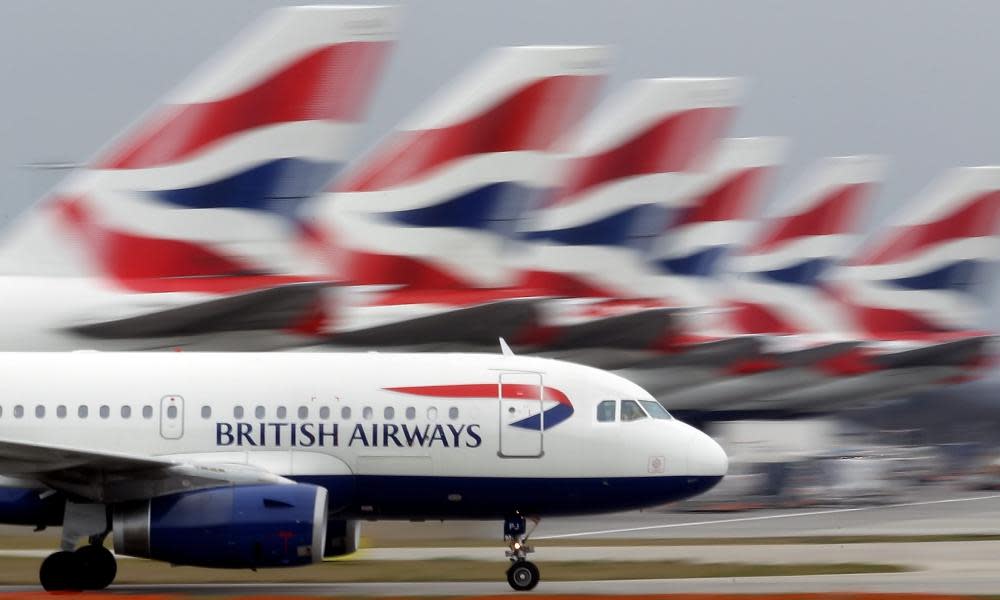Heathrow to unveil shorter third runway plan in bid to cut costs

Heathrow is to unveil proposals for a shorter, cheaper third runway in a public consultation to help push its expansion plans through.
The airport will propose cutting 300 metres from the length of the northwestern runway, a scheme approved by the government following the Airports Commission process, in an attempt to cut costs.
Although the government has backed Heathrow’s expansion, it has also said it must not mean higher charges for airlines, which would probably be passed on to passengers. British Airways, which operates about half the flights at Heathrow, had complained bitterly about the expected cost of the new runway. Heathrow now believes it can deliver the runway for £14.3bn, cutting £2.5bn from the original price, and keeping charges “close to” today’s levels.
Plans for a brand new terminal could also be jettisoned in favour of expanding around its two main existing terminals, with construction phased to cut costs.
The shorter runway will still require the M25 to be moved 150 metres west, with the airport now proposing that Britain’s busiest motorway be accommodated in a shallower tunnel under a slightly ramped runway.
The options, including whether the shorter runway would be located to the western or eastern end of where the full-length 3.5km runway (2.1 miles) would lie, will be presented to the public in 40 events over a 10-week consultation.
Heathrow hopes that its consultation – independent of government consultations in the planning process – will allow it to present its best case and pre-empt some objections ahead of a crucial parliamentary vote expected this year on the national policy statement on aviation, which gives the go-ahead for another runway. The airport has pledged higher compensation to residents, a six-and-a-half-hour ban on scheduled night flights, and to stay within air quality limits.
Emma Gilthorpe, Heathrow’s executive director for expansion, said: “We need feedback to help deliver this opportunity responsibly and to create a long-term legacy both at a local and national level. Heathrow is consulting to ensure that we deliver benefits for our passengers, businesses across the country but also, importantly, for those neighbours closest to us.”
Opponents of expansion expressed incredulity that Heathrow was proposing a shorter runway than in its original plan, while a source close to other schemes considered by the government suggested any significant changes to the project could face legal challenges.
John Stewart, chair of the anti-Heathrow expansion group Hacan, said: “The Airport Commission calculations of economic benefits were on the basis of the capacity of a full-length runway. A shorter runway could open a can of worms, and invite a judicial review from Heathrow Hub or even Gatwick.”
The consultation will also discuss the redesign of air space, which will affect flight paths over London and beyond. Although the reform is being driven independently of Heathrow, the likely impact would be to further concentrate air traffic over the same routes.
Stewart said Hacan would “engage positively – especially on the principle of flight path changes, spreading the burden more fairly”.
Should parliament back expansion, Heathrow will need to consult further on the details before submitting plans, with final approval not expected before 2021. A thrid runway is not expected to be operational before 2025 at the earliest.
• Follow Guardian Business on Twitter at @BusinessDesk, or sign up to the daily Business Today email here.

 Yahoo News
Yahoo News 
